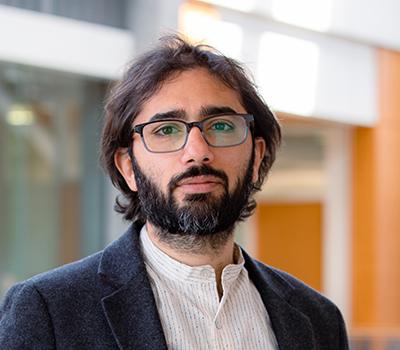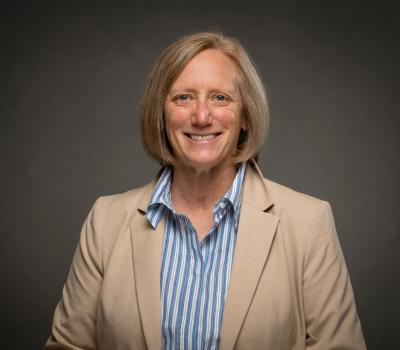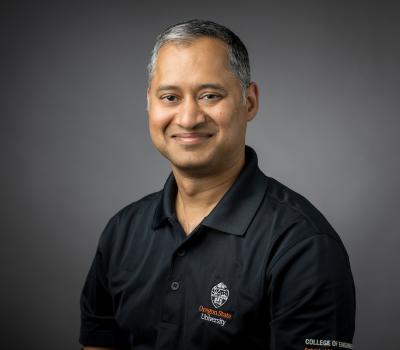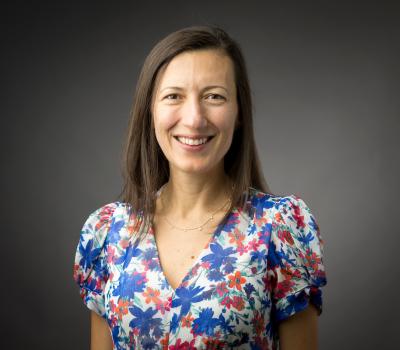More than a decade ago, Oregon State University was selected as a core member of a national alliance of experts dedicated to safely integrating uncrewed aircraft systems into national and international airspace.
The Federal Aviation Administration Center of Excellence for UAS Research called ASSURE — the Alliance for System Safety of UAS through Research Excellence — is a coalition of 21 core universities, 11 affiliated universities, and over 100 industry and government partners, with Mississippi State University serving as the lead institution.
Once the FAA prepares a request for proposals, ASSURE assembles teams of people from its member organizations who are best suited to contribute to the project. The designation as a core university has enabled Oregon State researchers to submit proposals that have led to collaborations with top experts across the country to answer complex questions.
“ASSURE has an international reputation of doing very good research,” said Julie A. Adams, the College of Engineering Dean’s Professor who serves as the university’s ASSURE principal investigator and the associate director of research for Oregon State’s Collaborative Robotics and Intelligent Systems Institute.
Oregon State has participated in 10 ASSURE projects on topics, including disaster response, cybersecurity, supervision of multiple UAS, navigation safety, risk assessment of automation design, and STEM outreach. The affiliation has also enabled other UAS research projects funded by other organizations, such as NASA.
“We are recognized for our strengths in human-robot interaction, trusted autonomy, and cybersecurity,” Adams said.
Can a single human supervise multiple UAS?
Through ASSURE, Adams led a project in collaboration with Christopher Sanchez, associate professor of psychology, and researchers at Drexel University and Kansas State University to investigate limitations of one person supervising multiple UAS.
A recent follow-up project funded by NASA allowed Adams, Sanchez, and their students to conduct a study with a drone delivery company. The study was performed at the company’s facility in a major U.S. city, using the company’s simulator. The researchers found that the factors commonly reported to negatively impact a person’s ability to supervise several uncrewed aircraft had little effect on actual performance. They studied factors such as the number of UAS a single human supervisor was responsible for and the response to events, including crewed aircraft encounters and adverse weather.
Another study looked at deploying UAS from airports without air traffic control towers for wildland firefighting in remote locations. This scenario focused on the human being responsible for the UAS and their communications with other pilots and the UAS air boss.
When does automation go wrong?
Another recent ASSURE project was led by Houssam Abbas, assistant professor of electrical and computer engineering. The collaborative study examines UAS failures in order to provide guidance on making them safer.
“This project brought together researchers on all major components of UAS giving us and the FAA a holistic view of what it takes to deploy UAS safely in our skies,” Abbas said.
The team comprised ten researchers from Drexel University, the University of Kansas, the University of North Dakota, and Ohio State University. In addition to Abbas, the Oregon State faculty included Rakesh Bobba, associate professor of electrical and computer engineering, Jinsub Kim, associate professor of electrical and computer engineering, and Arun Natarajan, professor of electrical and computer engineering.
The team classified different kinds of automation failures affecting systems like perception, control, and UAS health monitoring. The study provides practical advice on design and verification for systems, such as on-board sensors and vision algorithms, urban weather effect models, defenses against cyber-attacks, and risk assessments of proposed UAS deployments. The results are shared with the FAA to inform rulemaking for integrating UAS into the national airspace.
Inspiring the next generation
As part of a larger ASSURE project headed by North Carolina State University, Yelda Turkan, associate professor of civil engineering, was the principal investigator for a project using UAS as a platform for learning. In collaboration with Jinsub Kim, they conducted several outreach events across Oregon, reaching more than 950 students and members of the public.
The team provided fun, hands-on activities, including assembling and flying small drones, at summer camps hosted at Oregon State University and other locations across Oregon.
"Uncrewed aircraft systems are part of our world, with practical applications from package delivery to first response,” Adams said. “Through ASSURE, we are contributing to research aimed at ensuring safe operation of UAS in the national airspace and are participating in growing the future UAS workforce.”








